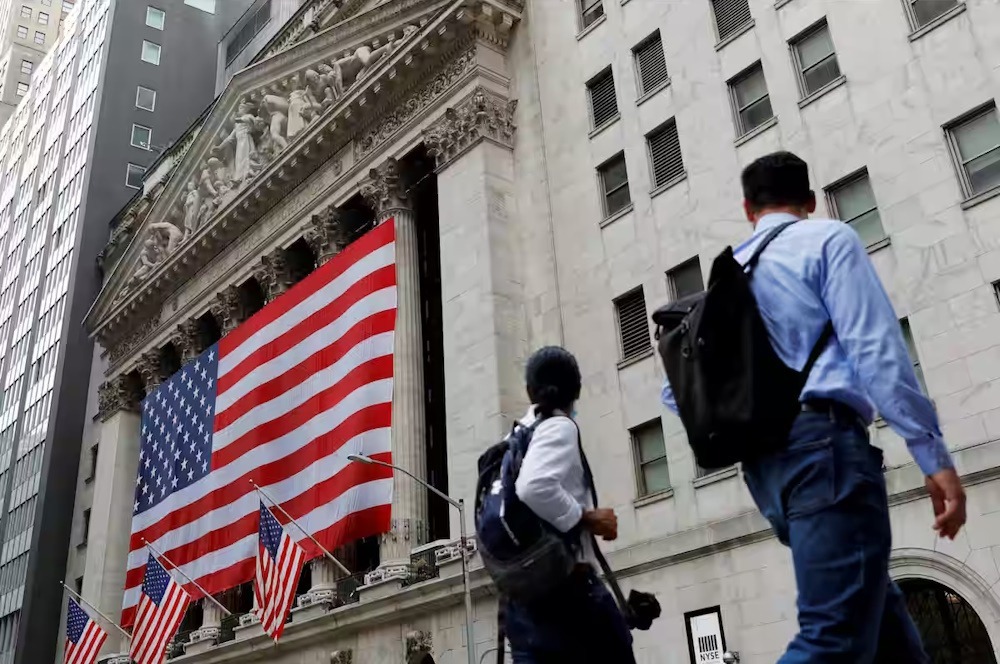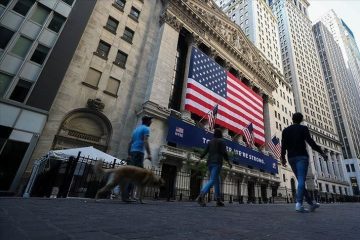The Productivity of the Economy Led to Expansive Markets

The general consensus among investors is that the economy has more room to expand than previously thought, meaning that additional growth and, by extension, profits, are possible before inflation sets in. A lot of people have been talking about bubbles recently, but it’s not hard to come up with an explanation for why the market has been doing well recently.
Surprisingly, rising bond yields have not deterred stock prices this year. Lots of people are speculating that this is because a bubble is forming, particularly in AI-related stock prices. Let me give you the other option: productivity.
The market’s recent shift from viewing a robust economy negatively to positively has something to do with productivity gains, which enable higher growth without inflation. Despite this, I still think stock prices appear optimistic. The danger lies in the fact that investors may be misled into thinking that long-term gains in productivity are imminent based on the evident short-term gains of the previous year.
Inflation has decreased in the near run not due to a slowdown in economic activity but rather to increased production, which occurred mostly as a result of the reversal of pandemic damage to supply networks.
Many parts of the economy were unaffected by the high interest rates set by the Federal Reserve, which surprised investors who expected they would slow growth. Economists have delayed the first Fed rate cut in anticipation of stronger-than-expected growth this year, which has increased bond yields. The impact of rates remaining higher for an extended period was more than compensated for by the benefits that shareholders anticipate from increased profits, therefore it was of little consequence to them.
The general consensus among investors is that the economy has more room to expand than previously thought, meaning that additional growth and, by extension, profits, are possible before inflation sets in.
A large number of investors hold out hope that advances in artificial intelligence and other new technologies will eventually cause a prolonged increase in productivity similar to that which occurred in the late 1990s or the 1960s. The stock market should be able to weather the higher interest rates caused by increased productivity because of the greater profits brought about by expansion.
You can find this narrative in many different parts of the market. To put it simply, stock prices no longer move in tandem with Treasury yields, which means that they no longer move in the exact opposite direction as yields increase and fall. This was the case in the second half of last year, when yields on the 10-year note skyrocketed to 5% and then fell back down.
As bond yields and rate expectations increased this year, cyclical sectors—those most affected by economic strength—also outpaced steady conservative ones. Compared to the previous two years, when rising Treasury yields were generally seen as a drag on the economy, affecting defensives while hurting cyclicals, this is a different story. Optimism about future growth has investors placing their bets.
The narrative manifests as a readiness to purchase the most precarious corporate bonds in the credit markets. Despite higher yields generally, this year saw a narrowing of the gap over Treasurys, a measure of investors’ perception of the riskiness of junk-bond yields graded single-B or CCC, the two lowest categories.
Once again, this is in contrast to the previous two years, when higher Treasury yields were seen as negative news for companies due to the increased interest costs and slowed economy they induced. The most precarious businesses have reaped the benefits of increased Treasury yields this year, since the robust economy has reduced the likelihood of default, even though interest rates have risen.
It is possible that investors will be mistaken about the impending rise in productivity. Impressive things have been accomplished by generative AI, and it is true that corporations are pouring money into the United States due to generous government subsidies. However, generative AI’s flaws are starting to show, and the technology may not have as many applications as corporate leaders had hoped. In the absence of productivity improvements, the Federal Reserve will need to moderate the robust economy in order to forestall a resurgence of inflation.
Not everyone benefits from productivity either. Higher financing costs have a disproportionate impact on smaller businesses in the two-speed economy, as they do on other highly indebted industries like wind farms and real estate. This pattern persisted from last fall into this week, with the Russell 2000 index of smaller companies outperforming larger equities when rates increased and the reverse being true when rates fell little.
The reversal of supply shocks caused by the pandemic last year is the only reason for the productivity rise last year, thus it can’t be repeated. Although there is some merit to the idea that it would be followed by an increase in AI productivity, it is difficult to predict how new technology will affect entire economies, much less specific businesses. Investors may be losing their composure. Even so, it’s an improvement over a bubble.






